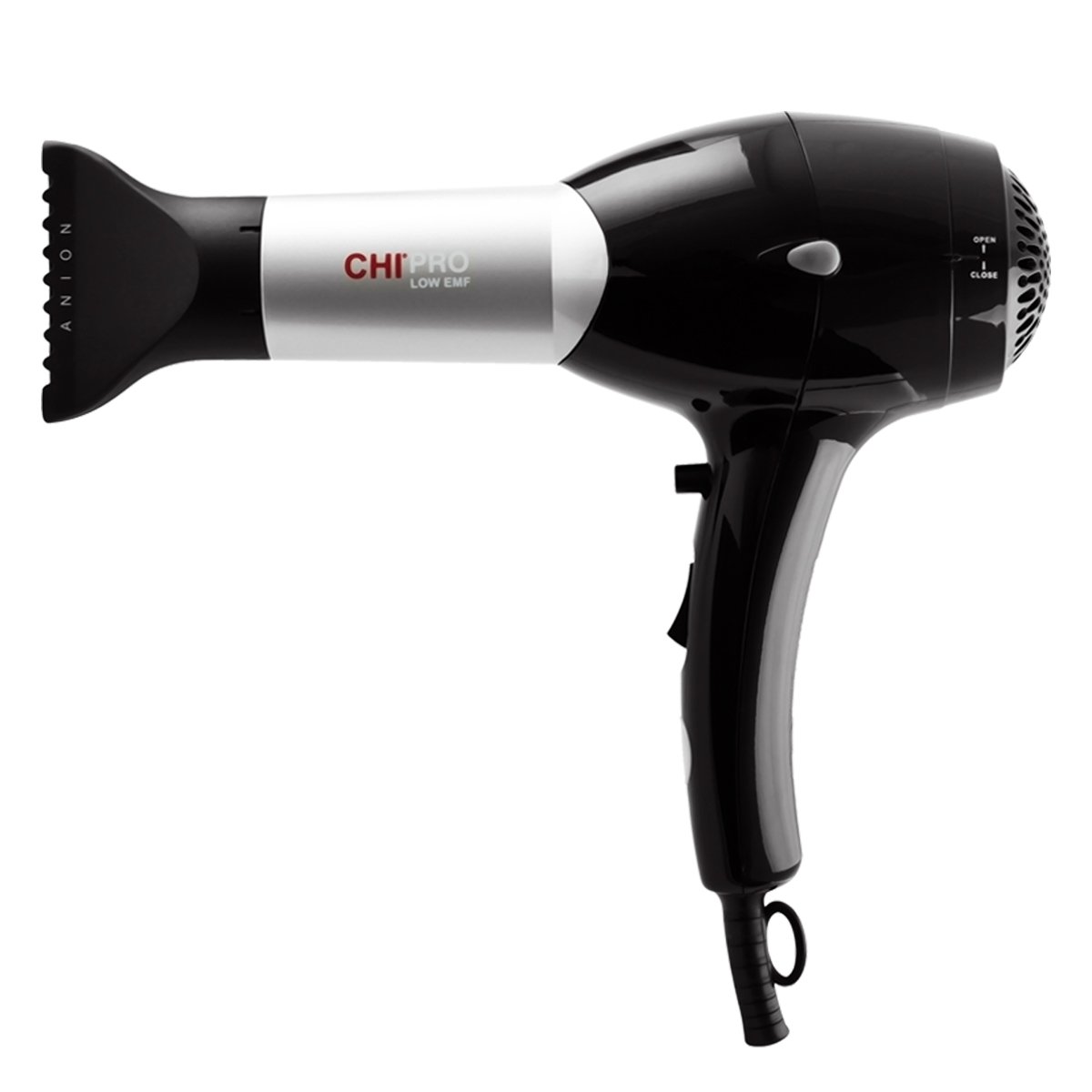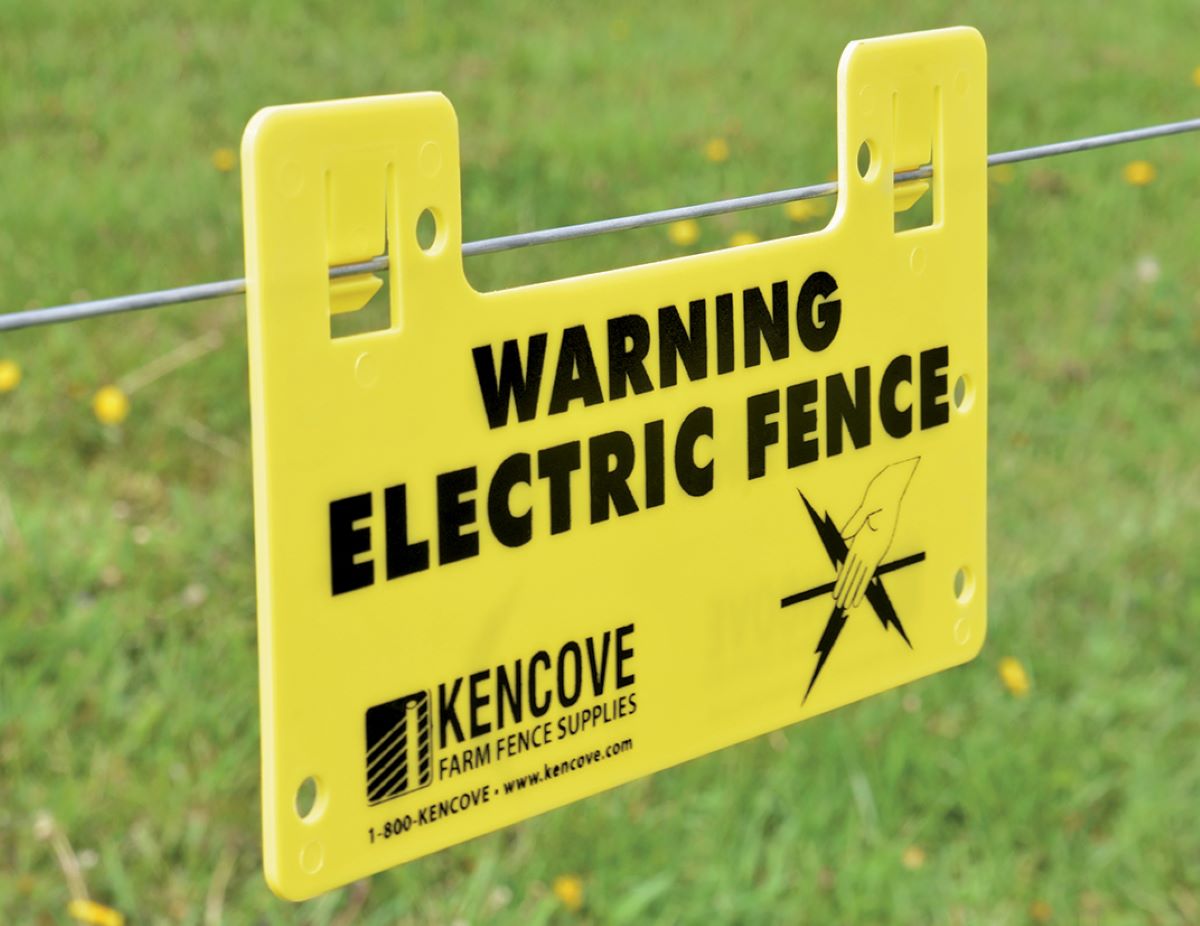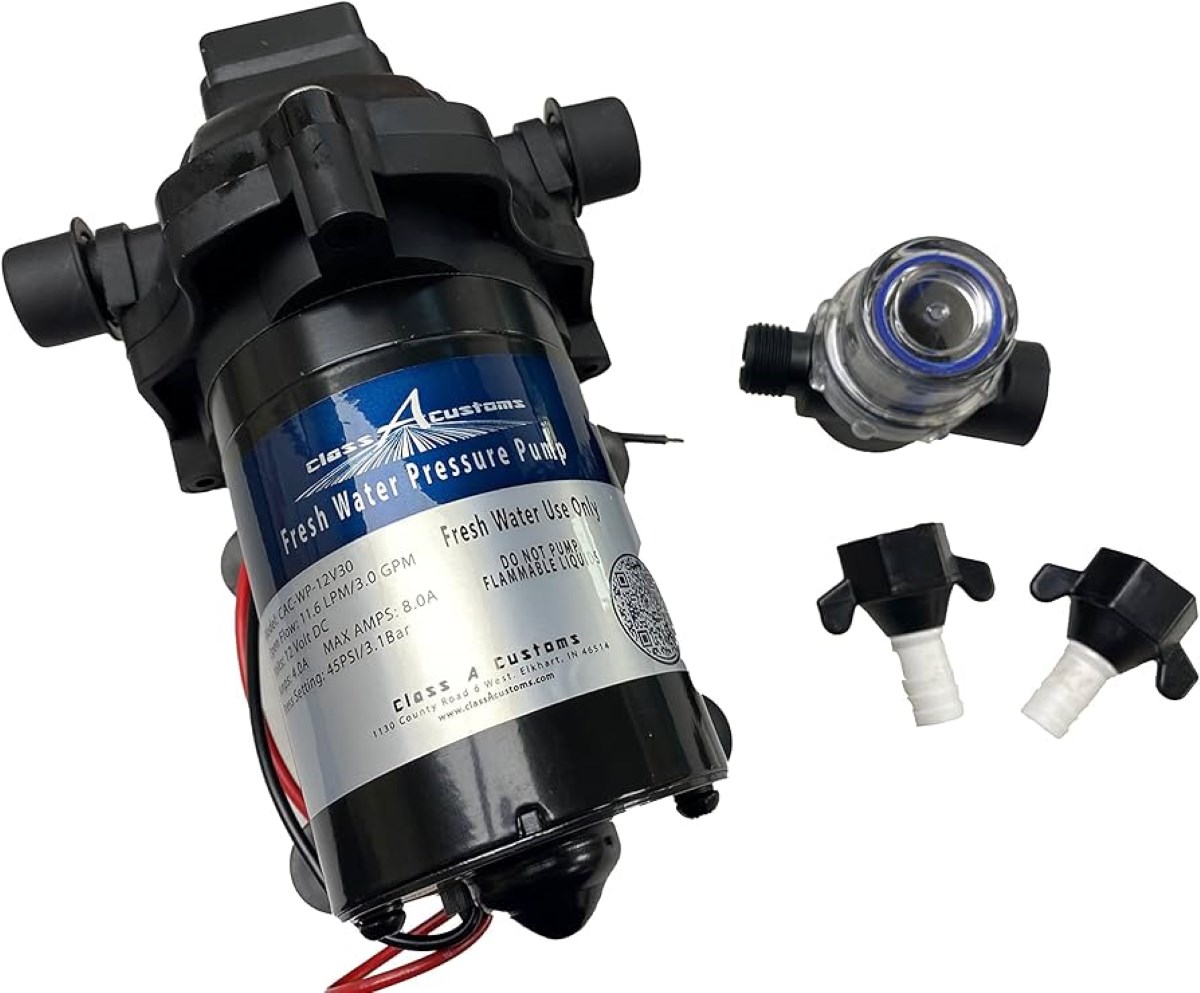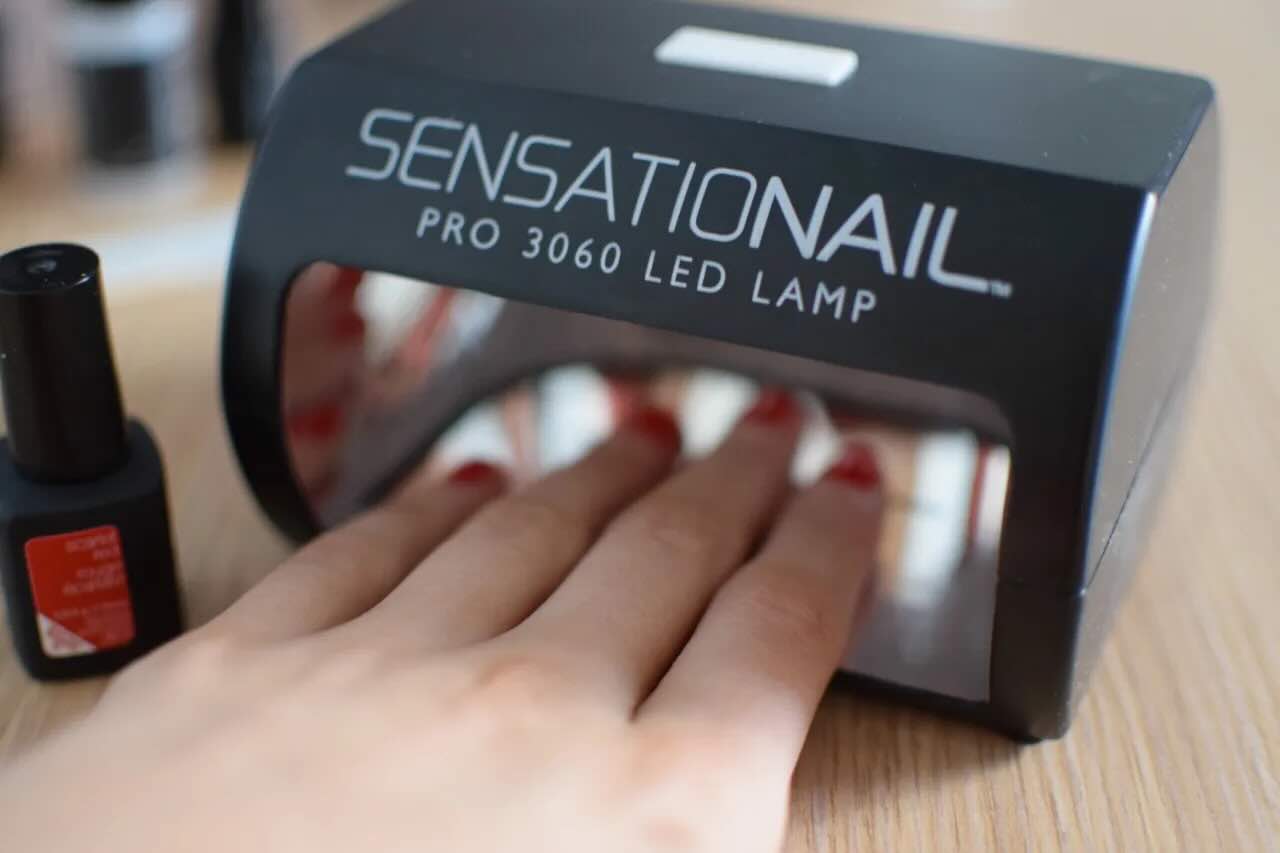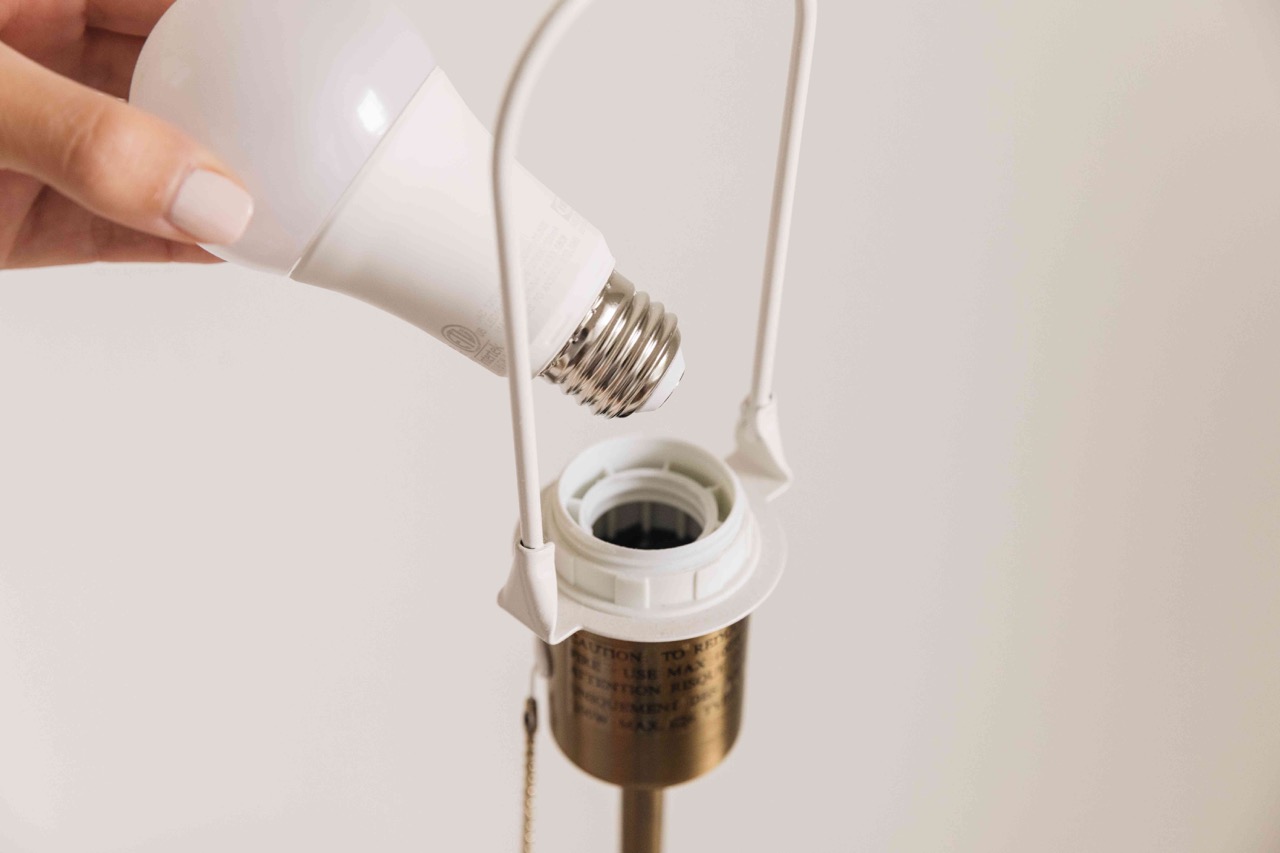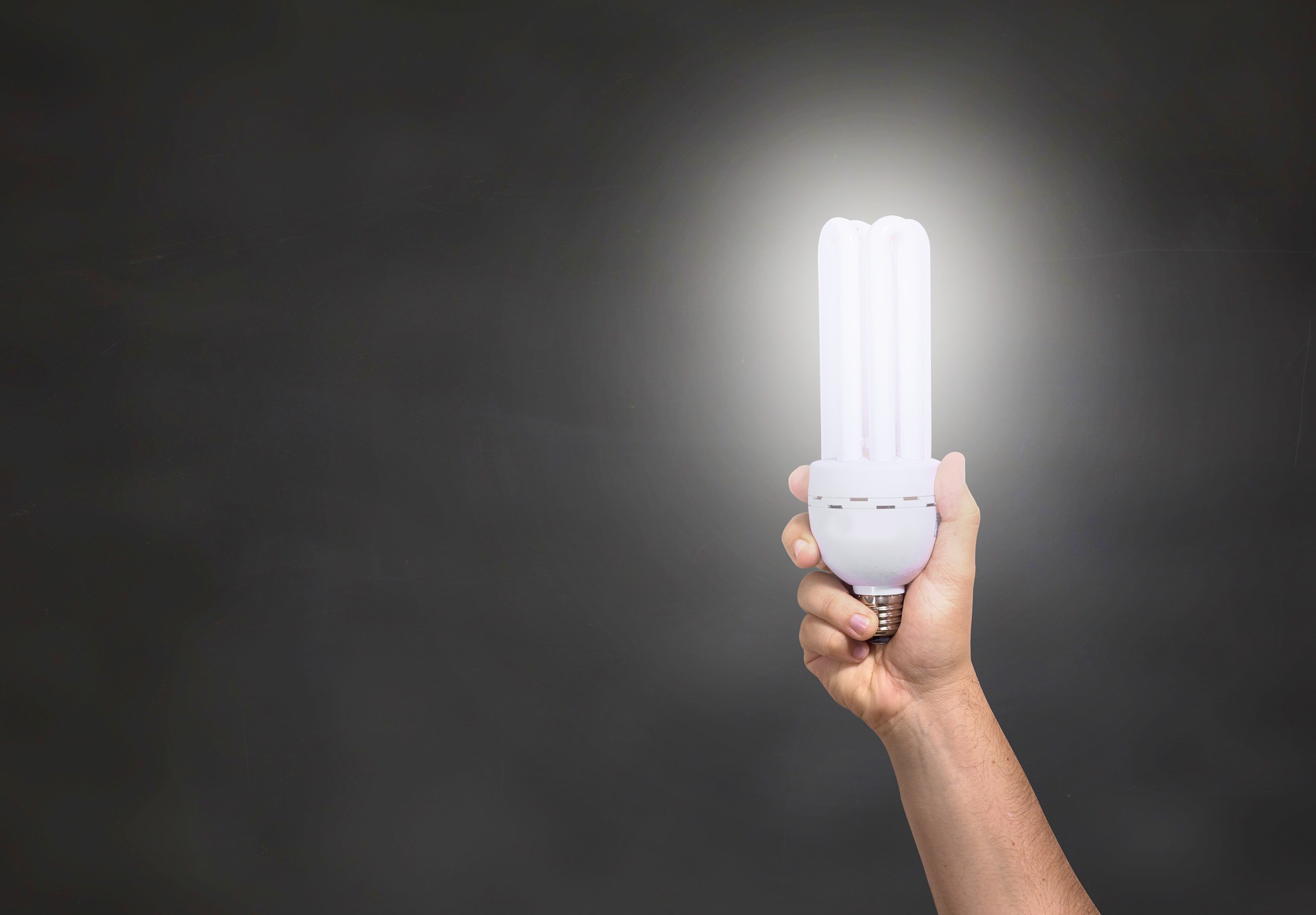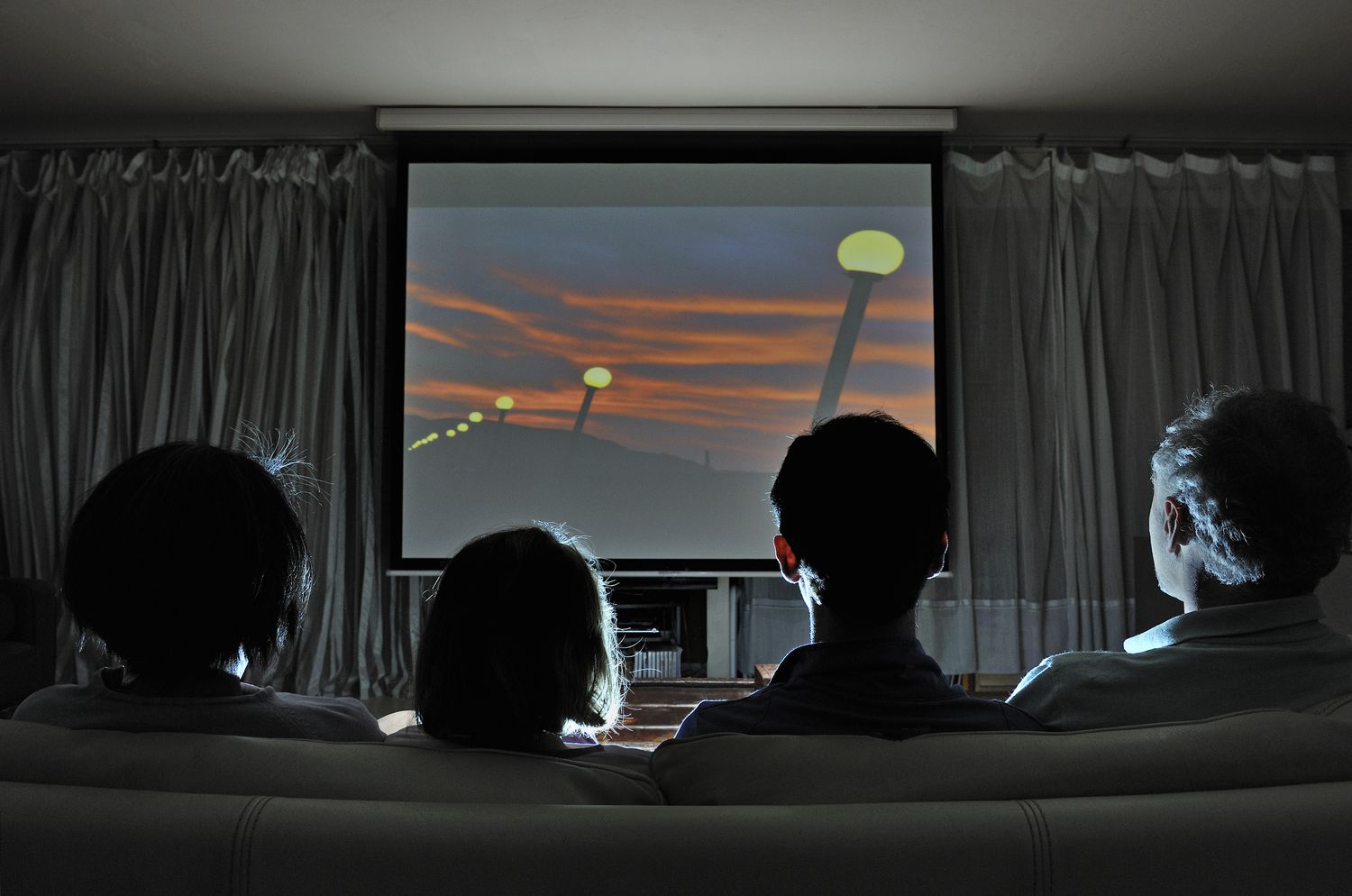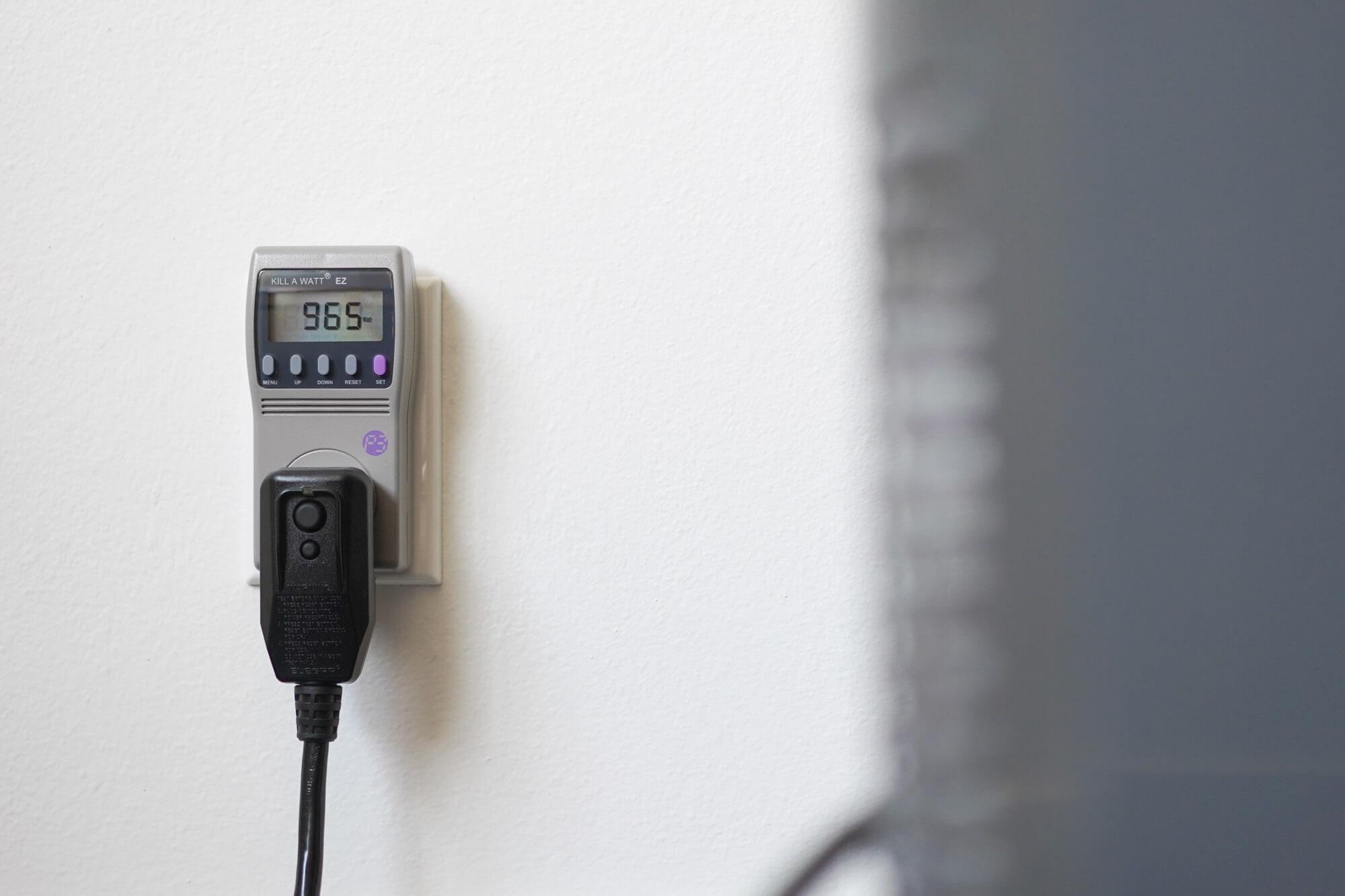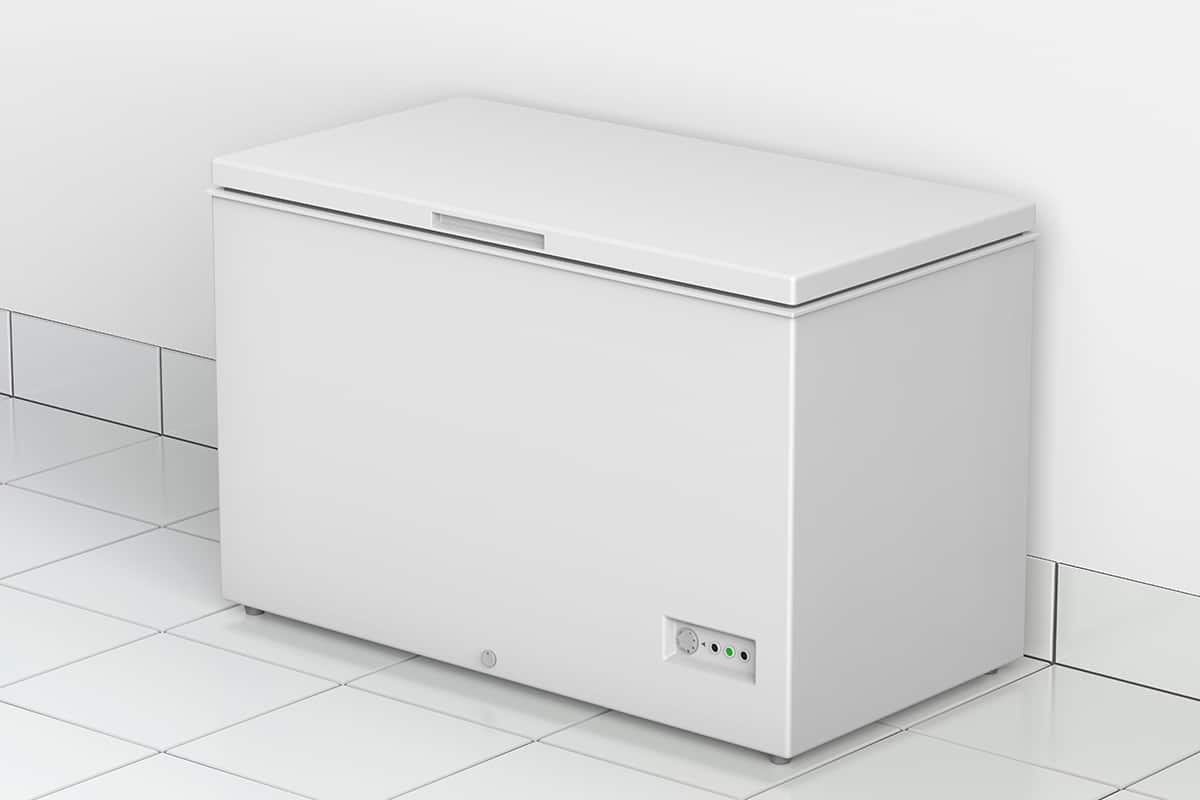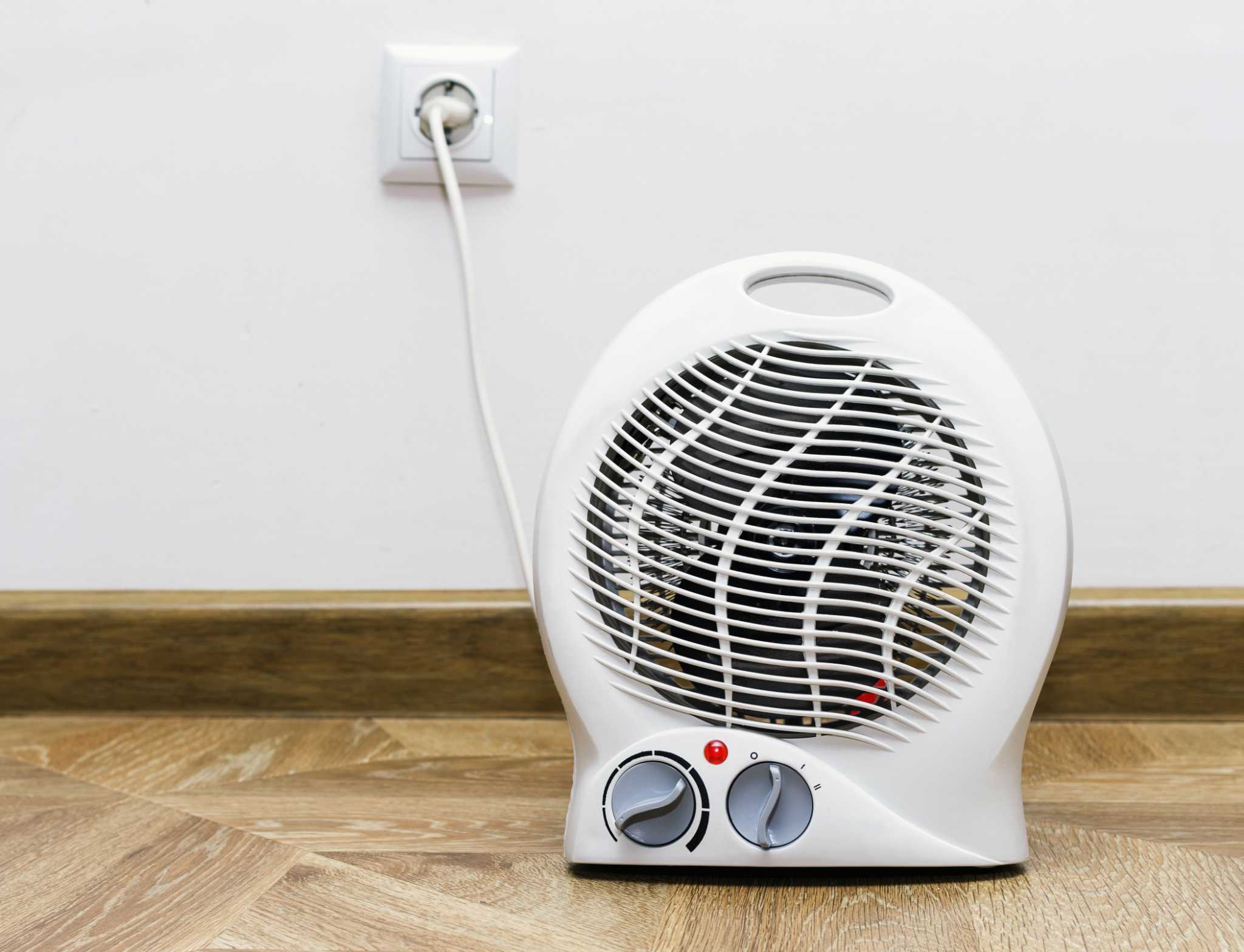

Furniture
How Many Volts Does A Lamp Use
Modified: December 7, 2023
Discover the voltage requirements of different types of lamps and how it affects your furniture. Find out how many volts a lamp typically uses and ensure compatibility for optimal performance.
(Many of the links in this article redirect to a specific reviewed product. Your purchase of these products through affiliate links helps to generate commission for Storables.com, at no extra cost. Learn more)
Introduction
Welcome to our comprehensive guide on voltage requirements for lamps. Whether you’re shopping for a new lamp or curious about the voltage needed to power your existing one, understanding the electrical needs of lamps is crucial for proper functionality and safety.
Voltage is a critical factor in determining the amount of electrical energy required to power a device. In the case of lamps, it determines the intensity of light emitted and affects factors such as bulb lifespan and energy efficiency. Different types of lamps have varying voltage requirements, and it’s important to consider these specifications when choosing a lamp or replacing a bulb.
In this article, we will delve into the world of lamp voltage requirements, exploring different types of lamps and the factors that influence their voltage needs. We will also discuss the importance of adhering to safety standards and provide tips for determining the voltage requirements of your lamps.
So, let’s dive in and shed some light on the fascinating world of lamp voltage requirements!
Key Takeaways:
- Understanding the voltage requirements of different lamp types is crucial for optimal performance and safety. Factors such as wattage, compatibility, and dimming capabilities influence voltage needs, so always consult manufacturer specifications.
- Adhering to safety standards and consulting professional assistance are essential for determining the correct voltage requirements for lamps. Always check packaging, seek expert guidance, and ensure compatibility with electrical systems for safe and efficient operation.
Read more: How Many Volts Does An Air Conditioner Use
Understanding Voltage
Voltage is a fundamental concept in the field of electricity. It refers to the electrical potential difference between two points in a circuit, which is measured in volts (V). In simpler terms, voltage can be understood as the force or pressure that drives electric current through a circuit.
The importance of voltage cannot be overstated when it comes to electrical devices, including lamps. The voltage supplied to a lamp determines its overall performance, including factors such as brightness, energy consumption, and longevity. Different lamps have different voltage requirements to operate optimally.
Several factors influence the voltage requirements of lamps:
- Lamp Type: Different types of lamps, such as incandescent, LED, fluorescent, and halogen lamps, have varying voltage needs due to their unique designs and technologies. It’s important to consult the manufacturer’s specifications for each type of lamp to ensure the correct voltage is applied.
- Power Consumption: The wattage of a lamp is directly related to its voltage requirement. Higher-wattage lamps generally require higher voltage to produce brighter light. It’s crucial to select a voltage that matches the wattage of your lamp to prevent damage or inefficient operation.
- Compatibility with Electrical Systems: The voltage supplied by the electrical system in your home or office must match the voltage requirements of your lamps. In certain regions, the standard voltage is 110V, while in others it is 220V. It is important to ensure compatibility to avoid electrical malfunctions or safety hazards.
- Dimming Capabilities: Some lamps have dimming capabilities, allowing you to adjust the brightness of the light. These lamps may have specific voltage requirements for optimal dimming performance. It’s recommended to consult the manufacturer’s instructions or seek professional advice for appropriate voltage selection.
- Voltage Fluctuations: Voltage fluctuations in the electrical supply can affect lamp performance and lifespan. In areas where power fluctuations are common, it is advisable to use voltage regulators or stabilizers to ensure a steady and consistent voltage supply to your lamps.
Understanding these factors will help you make informed decisions when selecting and operating lamps. It’s essential to meet the voltage requirements of your lamps to ensure proper functionality, energy efficiency, and longevity.
Lamp Voltage Requirements
Now that we understand the importance of voltage in lamps, let’s explore the voltage requirements for different types of lamps:
- Incandescent Lamps: Incandescent lamps are the traditional filament-based light bulbs. They typically operate at a voltage of 120V in North America and 230V in Europe. However, it’s important to note that voltage requirements can vary for different wattages of incandescent bulbs. Always check the label or packaging for the recommended voltage range.
- LED Lamps: LED (Light Emitting Diode) lamps are known for their energy efficiency and long lifespan. LED lamps typically have a wide operating voltage range, often ranging from 100V to 240V. This versatility makes them compatible with a variety of electrical systems and ensures they can be used worldwide.
- Fluorescent Lamps: Fluorescent lamps, commonly found in offices and commercial settings, operate at different voltages depending on their size and type. Compact fluorescent lamps (CFLs) typically have a voltage range of 120V to 277V, while larger fluorescent tubes can operate at voltages such as 120V or 277V.
- Halogen Lamps: Halogen lamps are a type of incandescent lamp that contains a small amount of halogen gas. They often operate at higher voltages, such as 12V or 24V, and require the use of a transformer or ballast to step down the voltage from the mains supply.
It’s important to note that these are general guidelines, and specific voltage requirements may vary depending on the manufacturer and model of the lamp. Always refer to the packaging, user manual, or contact the manufacturer directly to ensure you have the correct voltage information for your specific lamp.
Additionally, it’s worth mentioning that modern lamps often come with built-in voltage regulation capabilities, allowing them to handle a wide range of voltages. This flexibility ensures they can be used in different regions with varying electrical systems.
Understanding the voltage requirements for different types of lamps is crucial for selecting the appropriate lamp for your needs and ensuring optimal performance and longevity. Next, let’s explore the factors that can influence the voltage requirements of your lamps.
Factors Influencing Lamp Voltage
When it comes to lamp voltage requirements, several factors come into play. Let’s take a closer look at these factors:
- Wattage and Voltage Relationship: The wattage of a lamp indicates the amount of power it consumes and the brightness of the light it produces. In general, higher-wattage lamps require higher voltage to operate efficiently. It’s essential to ensure that the voltage supplied to the lamp matches its wattage rating, as using incorrect voltage can lead to reduced performance, premature failure, or even safety hazards.
- Compatibility with Electrical Systems: Different regions around the world have different electrical systems with varying voltages. It’s crucial to ensure that the voltage rating of your lamp aligns with the voltage supplied by the electrical system in your home or office. Using a lamp with an incompatible voltage can result in malfunctions, reduced lifespan, or even damage to the lamp or electrical system.
- Dimming Capabilities and Voltage Considerations: Some lamps, especially LED and incandescent lamps, have dimming capabilities, allowing you to adjust the brightness according to your preference. It’s important to consider the voltage requirements for dimming functionality. Not all lamps can be dimmed, and even those that can may have specific voltage requirements for optimal performance. Consult the manufacturer’s instructions or seek professional guidance to ensure proper dimming functionality.
- Voltage Fluctuations and Their Impact: Voltage fluctuations, also known as power surges or dips, can occur in electrical systems due to various factors. These fluctuations can have a significant impact on lamp performance and lifespan. Sudden increases in voltage can cause bulbs to burn out prematurely, while voltage dips can result in reduced brightness and flickering. Utilizing surge protectors or voltage regulators can help mitigate the effects of voltage fluctuations and protect your lamps.
Understanding these factors is crucial for ensuring the proper function and longevity of your lamps. It’s important to research and consider these factors when selecting and operating lamps to optimize performance and ensure safety.
Next, let’s discuss the importance of adhering to safety standards when it comes to lamp voltage requirements.
Most household lamps use 120 volts, which is the standard voltage for residential electrical systems in the United States. Be sure to check the label or manufacturer’s specifications for the specific voltage requirements of your lamp.
Understanding Safety Standards
When it comes to lamp voltage requirements, adhering to safety standards is of utmost importance. Proper adherence to these standards ensures the safety of users, prevents electrical hazards, and promotes the longevity of lamps. Let’s explore the importance of following safety standards and the regulatory organizations involved:
Importance of Adhering to Safety Standards for Lamp Voltage:
Adhering to safety standards for lamp voltage is crucial for several reasons:
- User Safety: Safety standards are put in place to ensure that lamps operate within safe voltage limits, reducing the risk of electrical shocks or fires. Using lamps with incorrect voltages or modifying their electrical components can pose significant safety hazards.
- Lamp Performance and Lifespan: Following voltage requirements outlined in safety standards ensures that lamps operate optimally, resulting in consistent performance and longer lifespans. Operating lamps above or below their recommended voltages can lead to reduced efficiency, premature failure, or even irreversible damage.
- Warranty and Insurance Coverage: Failure to adhere to safety standards can void product warranties and insurance coverage, leaving users responsible for any damages or accidents that may occur.
Regulatory Organizations and Guidelines for Lamp Voltage:
Various regulatory organizations provide guidelines and standards pertaining to lamp voltage requirements. These organizations ensure consumer safety and promote product standardization. Some of the prominent organizations include:
- International Electrotechnical Commission (IEC): The IEC is a global organization that sets international standards for electrical equipment, including lamps. Their standards outline the voltage requirements, safety measures, and performance criteria for different types of lamps.
- National Electrical Manufacturers Association (NEMA): NEMA is an organization based in the United States that develops standards for electrical equipment, including lamps. They provide guidelines for voltage ratings and safety requirements for various lamp types.
- International Organization for Standardization (ISO): ISO is an international body that establishes standards for various industries. Although they do not specifically focus on lamp voltage requirements, they provide guidelines for testing and certification procedures to ensure product safety, quality, and performance.
It is advisable to consult the guidelines and recommendations provided by these regulatory organizations when selecting lamps and understanding their voltage requirements. Additionally, manufacturers often adhere to these standards and include voltage information on packaging or product labels for consumer convenience.
Next, let’s discuss some helpful tips for determining the voltage requirements of your lamps.
Read more: How Many Volts Does A Washing Machine Use
Tips for Determining Lamp Voltage
When it comes to determining the voltage requirements of your lamps, there are several useful tips to keep in mind. Let’s explore these tips to help you ensure that you are using the correct voltage for your lamps:
- Identifying Voltage Information on Lamp Packaging or Labels: Many lamps come with packaging or labels that provide important information, including voltage requirements. Look for labels or markings that indicate the recommended voltage range for the lamp. It is usually mentioned in volts (V) or may be labeled as a voltage range (e.g., 100-240V).
- Consulting Manufacturer Specifications and Documentation: Manufacturers often provide detailed specifications and documentation for their lamps. These documents typically contain valuable information, including voltage requirements. Check the manufacturer’s website, user manual, or any accompanying documentation for the specific voltage information related to your lamp model.
- Seeking Professional Assistance for Voltage Determination: If you are unsure about the voltage requirements of your lamp or need guidance, it’s best to seek help from a qualified professional, such as an electrician or a lighting specialist. They have the expertise and knowledge to assess your lamp and determine the appropriate voltage based on its specifications, wattage, and compatibility with your electrical system.
Remember, it is crucial to follow the recommended voltage requirements to ensure the proper functioning and safety of your lamps. Using the wrong voltage can result in poor performance, reduced lifespan, or even electrical hazards.
Additional information regarding voltage requirements can sometimes be found on the lamp base or socket, especially for specialized lamps like halogen or fluorescent lamps. Look for any markings or symbols that indicate voltage information.
By following these tips, you can accurately determine the voltage requirements for your lamps and ensure that they are operated within the recommended parameters.
Now that we have explored various aspects of lamp voltage requirements, let’s conclude our guide.
Conclusion
Understanding the voltage requirements of lamps is vital for their proper functionality, energy efficiency, and safety. From incandescent to LED, fluorescent to halogen lamps, each type has its own unique voltage requirements. It is crucial to match the voltage supplied to the lamp with its specified requirements to ensure optimal performance and longevity.
Factors such as wattage, compatibility with electrical systems, dimming capabilities, and voltage fluctuations can influence the voltage needs of lamps. Adhering to safety standards outlined by regulatory organizations, such as the IEC and NEMA, is essential for user safety and the overall performance of lamps.
When determining the voltage requirements of a lamp, there are several helpful tips to follow. Checking packaging or labels for voltage information, consulting the manufacturer’s specifications and documentation, and seeking professional assistance when needed can ensure accurate voltage determination.
By understanding and meeting the voltage requirements of lamps, you can create an optimal lighting environment while maintaining safety standards. This allows you to enjoy the benefits of efficient, long-lasting, and properly functioning illumination in your home, office, or any other space.
Remember, when in doubt about voltage requirements or any electrical aspects of lamps, it is always best to consult professionals who have the knowledge and expertise to provide accurate guidance.
We hope this comprehensive guide has shed light on the importance of lamp voltage requirements, the factors that influence them, and the steps you can take to determine the correct voltage for your lamps. With this knowledge, you can make informed decisions and ensure the optimal performance and safety of your lighting fixtures.
Thank you for reading, and happy lamp shopping!
Frequently Asked Questions about How Many Volts Does A Lamp Use
Was this page helpful?
At Storables.com, we guarantee accurate and reliable information. Our content, validated by Expert Board Contributors, is crafted following stringent Editorial Policies. We're committed to providing you with well-researched, expert-backed insights for all your informational needs.
